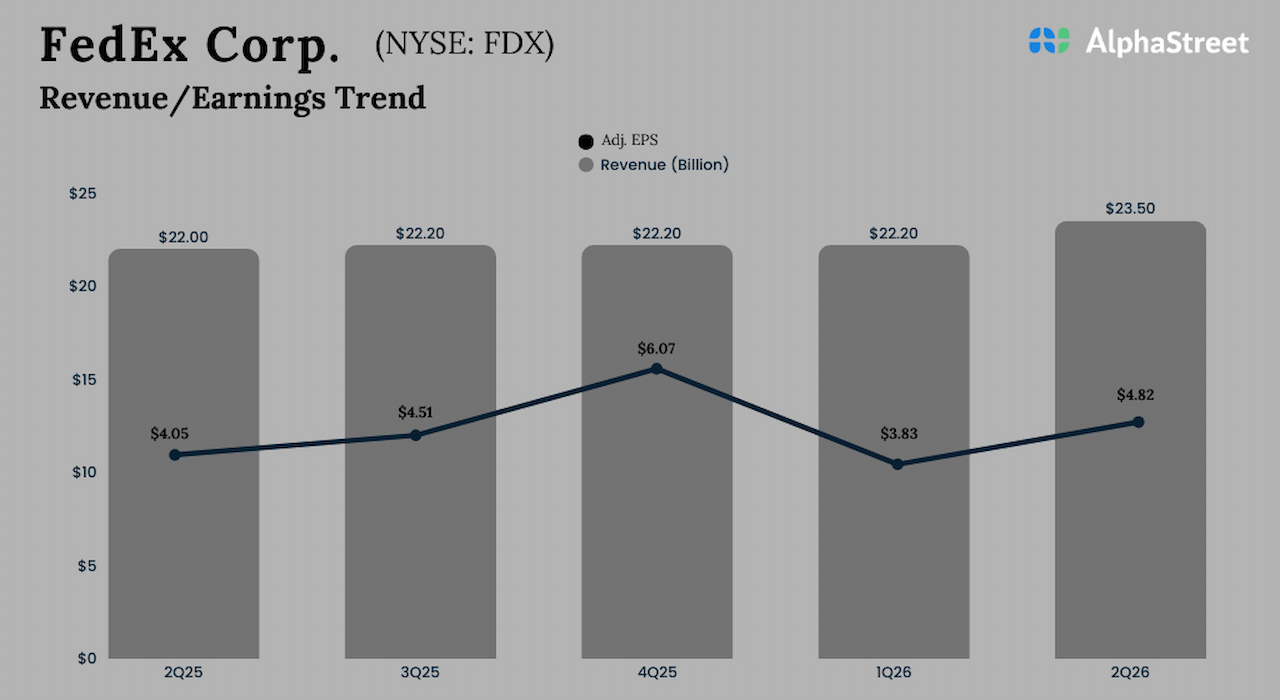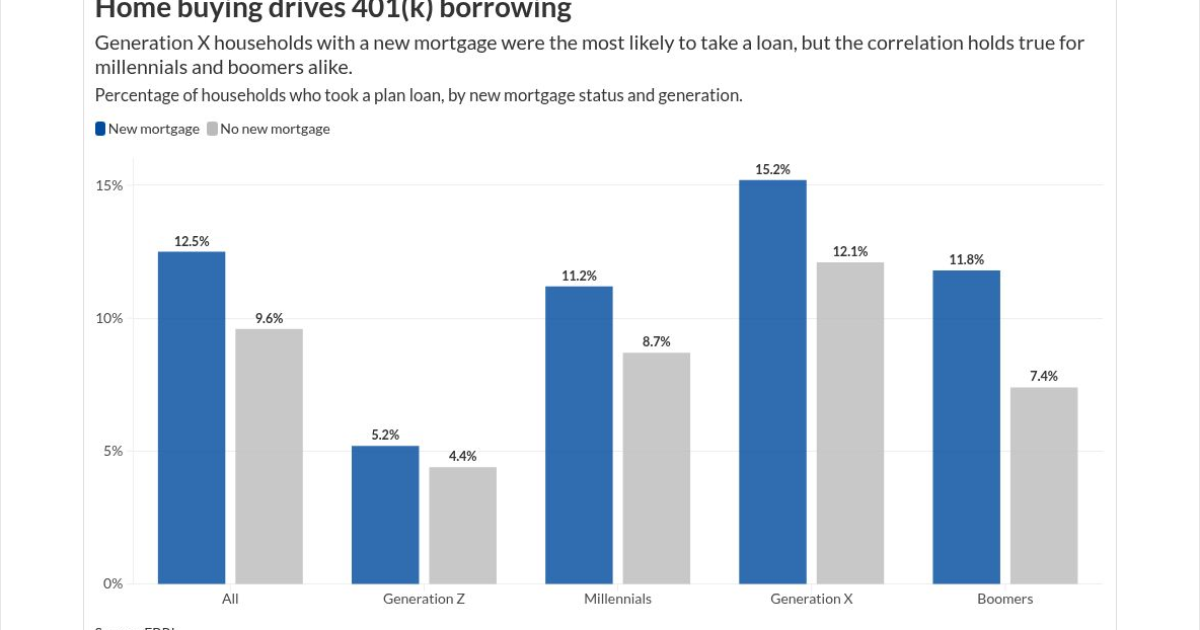I bought a Roomba a few years ago.
It made me feel like I was living in the future for about a week.
Then it got tangled in a charging cable, choked on a sock and kept sending me error messages every time it got clogged.
I soon came to the conclusion that most “home robots” aren’t really robots. They’re appliances with better marketing.
But that might finally be starting to change.
Last week, a company called 1X Technologies opened preorders for a machine named NEO. It’s billed as the first commercial humanoid robot designed for homes in the United States.
And it might mark the beginning of a new era when humanoid robots start earning a place in our daily lives.
From Factory Floors to Living Room
Until now, most robots have been invisible to consumers. Other than the occasional delivery robot, you mostly find them in warehouses and manufacturing plants today.
But Neo is different.
1X Technologies, a Norwegian startup backed by OpenAI’s founders, designed Neo to do what no industrial robot ever could…
It’s meant to coexist with people.
Neo is about five-and-a-half feet tall, weighs roughly 70 pounds and is wrapped in a soft knit “skin” instead of hard plastic or steel. The company calls it a “safe form factor” for homes, and to me at least looks more suitable for home use.
Early units are priced around $20,000 for purchase or $499 a month for subscribers.
And that might sound expensive. But it’s worth remembering that in 1981, IBM’s first personal computer cost $1,565. That’s around $5,400 in today’s dollars.
Yet that first PC couldn’t do much more than balance a spreadsheet.
I haven’t seen NEO in person yet. But in videos, the robot moves slowly and deliberately, similar to the way a toddler moves before it figures out gravity.
It can walk, sit, lift a suitcase, open a door and navigate obstacles without pre-programmed routes. It can even load dishes in the dishwasher.
According to 1X, Neo’s new “Redwood” AI model gives it a limited ability to understand environments, which means it can see a towel on the floor and know it belongs in the laundry, or recognize when a person speaks so it can respond naturally.
The plan is to deploy a few hundred units in real homes this year, collect feedback and improve through data.
But, like the toddler it appears to be, Neo isn’t fully formed yet.
The company says its “Redwood” AI model helps Neo understand context: where objects belong, how to follow instructions and when to stop and ask for help.
But 1X also admits that humans are still in the loop. When Neo encounters a task it can’t handle, a remote operator takes over.
In other words, it broadcasts video of your home back to a human operator.
And as one skeptical poster noted:

But that doesn’t mean I’m writing Neo off before the first units ship next year.
It actually looks promising for factory and logistics work, where the robots could operate through the night under remote supervision.
I even talked to my wife about the possibility of trying one out in our home.
She said no.
What interests me is that Neo is a first. Yes, it’s going to stumble, malfunction and frustrate its owners. That’s to be expected for any new commercial technology.
Tesla’s own humanoid prototype, Optimus, is running into similar problems. Elon Musk claims that Optimus could eventually perform any physical task a human can, at a cost of less than $25,000.
But for now, it’s still learning to fold a shirt.
Yet the fact that both Tesla and 1X are aiming at consumer markets tells you that the direction is set for the rise of home robots.
Goldman Sachs projects the humanoid market could reach $38 billion by 2035.

Morgan Stanley is projecting that humanoid robots could become a $5 trillion dollar global industry by 2050, with more than a billion units in service worldwide.
Those numbers are simply massive. And the logic behind them is simple.
Labor is getting more expensive. Populations are aging. And the cost of intelligence — both hardware and software — is falling fast.
To me, this makes the spread of humanoid robots inevitable.
We’re already seeing their impact in the workplace. The logical next step is for them to enter the home.
Here’s My Take
If you buy one of these early Neo units, you’ll probably spend more time troubleshooting it than using it.
It’s bound to misjudge distances. I’m sure it will run out of battery at some inconvenient moment. It might even freeze halfway through loading your dishwasher.
In other words, you’ll be spending roughly six grand a year to beta test the future.
But that’s exactly how progress looks in its first generation.
The first home computers crashed constantly, and early smartphones were bulky and unreliable. But once the software caught up and prices dropped, the markets for each of these groundbreaking pieces of tech exploded.
Home robots will follow the same curve. But this time, they have to learn how to exist in three dimensions.
Industrial robots have constrained environments. But homes are much more complex. Neo will be dealing with stairs, doors, pets and unpredictable humans.
Still, the fact that 1X is targeting homes means we’re crossing into the “last mile” of robotics.
Maybe Neo will end up like my Roomba — more trouble to fix than just cleaning the floor myself.
But it’s hard not to see this as a turning point. Even if it flops, Neo will teach the next generation what not to build.
Because now that the first home robot is on the market, we’ve already started the race to perfect them.
Regards,
 Ian KingChief Strategist, Banyan Hill Publishing
Ian KingChief Strategist, Banyan Hill Publishing
Editor’s Note: We’d love to hear from you!
If you want to share your thoughts or suggestions about the Daily Disruptor, or if there are any specific topics you’d like us to cover, just send an email to [email protected].
Don’t worry, we won’t reveal your full name in the event we publish a response. So feel free to comment away!


























